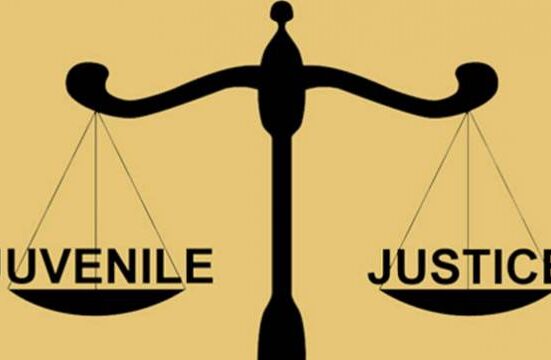Trademark registration requirements in India
Anandita Singh
Registration process is on a first to file basis, meaning that the person applying for trademark registration needs to do the same as soon as possible. The registration usually completes within 2 or 3 years, if it has not been opposed to by any other person.
The Office of Controller General of Patents, Trademark, Industrial Designs and Geographical Indications handle the applications made for such registration. They are found in Delhi, Mumbai, Kolkata, Chennai and Ahmedabad.
Documents Required:
- Logo copy/ trademark
- Details of the applicant- name, address, nationality, name of the company etc.
- Description of goods or services that need to be registered
- Date of first use (If trademark being used prior to applying)
- Power of attorney
Applications need to be filed according to the jurisdiction.
Steps for filing for registration:
- Trademark agent: A trademark agent (Proprietor) needs to be selected because only they can file for registration if their business is in India. if not, the agent or attorney files for the holder.
- Eligibility: It needs to be seen whether the trademark is eligible for registration by conducting a clearance search and researching whether there is a similar trademark in the controller general’s office.
- Filling the form: Name, address, nationality etc. needs to be filled in the form. From TM 1 for single classes and Form TM 51 for multiple classes, with fees.
- Review: The trademark office reviews the application made and thereafter gives the application number, which later on becomes the registration number, if the trademark is registered.
- Approval: it is decided by the trademark association whether or not the application is barred under any of the absolute or relative grounds of refusal mentioned in the Trade Marks Act, 1999. Thereafter, an examination report is made within a month and the same is forwarded to the registrar, who then decides whether the application is accepted, rejected or forwarded for show cause (application might be accepted, with certain limitations or rejected, based on facts).
- Rejection of application: Applicant can appeal to the Intellectual Property Appellate.
- Publication: After approval and examination report, the trademark is published in the Trademarks Journal.
- Opposition: Party opposing the trade mark needs to give the notice of opposition within 3 months. Thereafter the applicant would make the counter statement within 2 months, followed by the opponent giving evidence for his opposition within 2 months. After this, the applicant would provide his evidence within 2 months, which is then followed by the counter evidence by the opponent within 1 month. Lastly, the registrar hears the matter within 3 months.
- Opposition upheld: If opposition contention is upheld, the same can be appealed before the Intellectual Property Appellate Board.
- Registration: Within 3 months of being published in the Trademarks Journal, if the same is not objected to by any party, it would then be registered and the trademark authority would provide a registration certificate.
- Renewal: Renewal can be done after every 10 years.
# Trademark registration requirements in India
Also Read: How to File a Consumer Complaint in India?






Leave feedback about this